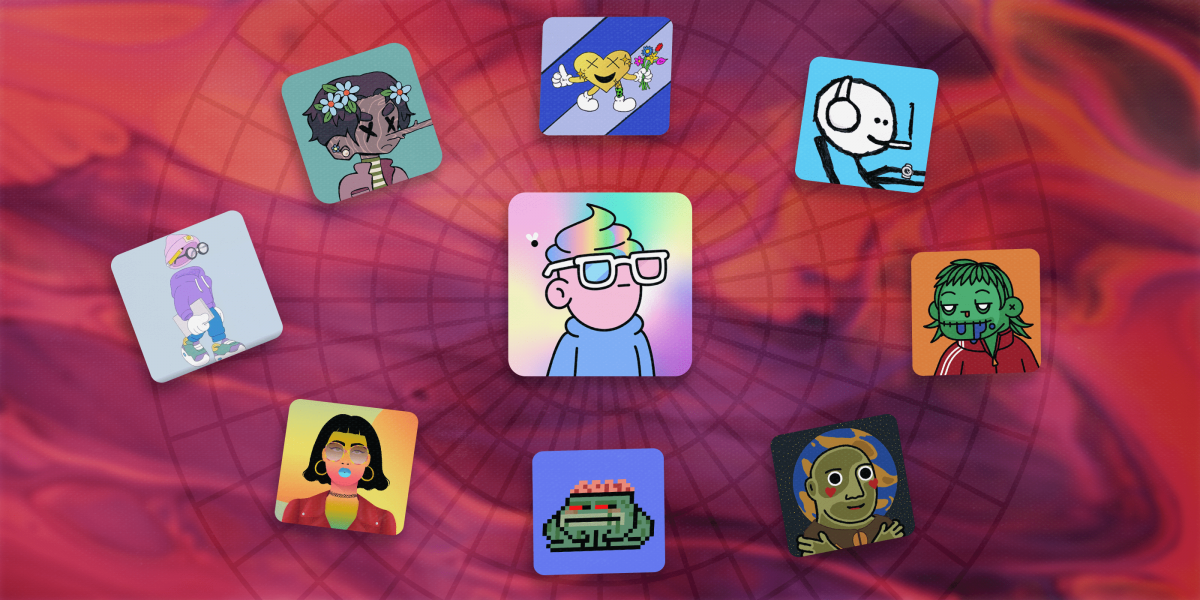No, NFTs are not just digital collectibles

The terms non-fungible token (NFT) and digital collectible are increasingly used interchangeably. Not only is this wrong, but it is also reductive. The term “digital collectible” minimizes the potential of NFTs as an architectural software primitive, i.e. as a set of code that can be reused to build more sophisticated programs or interfaces.
For a reasonably simple analogy, think of NFTs as websites. Anyone with a little coding knowledge can create a website. They are “hosted” using a unique identifier (URLs vs. contract addresses), can store and display data (text, images, video), and can run code to perform desired results.
Now think of digital collectibles like blogs. Blogs are a small and distinct part of a website. They store basic information and are not interactive – actually read-only sections. Blogs don’t even begin to capture all the potential applications and advanced features found on websites—from e-commerce capabilities and chat features to search fields, dynamic pricing, and more.
With this comparison in mind, let’s dive a little deeper.
Defining digital collectibles
As outlined above, digital collectibles are just one example of the use of NFT technologies. Most often, a digital collectible is an NFT that contains some kind of media file (such as a digital image, video, or song) that has a few characteristics that distinguish it from other digital collectibles.
For example, collectible avatars usually come in different colors and shapes. These unique features increase the rarity of the digital collectible. By doing so, they usually increase both collectability and economic value.
Over the past few years, we have witnessed the tremendous increase in digital collectibles. They generated tens of billions in trading volume in 2022 alone, nearly matching the NFT frenzy of 2021 despite the so-called “crypto winter.”
There are NBA TopShot, Cryptopunks, Bored Apes and dozens of other massively popular projects that use NFTs to create digital collectibles. The popularity of these high-profile projects is the driving force behind the misunderstanding that the terms “NFT” and “digital collectible” are synonymous – they top the market charts and drive the news cycles.
But NFTs are more than digital collectibles.

NFTs are a technology – not a simple use case
NFTs are a new fundamental software primitive for decentralized ecosystems. At their core, they are unique digital capsules containing data and programmable logic specified by their creator. Similar to websites, these capsules can be used to run large applications or simply display an image with some text describing the image.
The true power and potential of NFTs is derived from their ability to be freely and securely leveraged, transacted and transferred worldwide instantly using any compatible platform. Ownership of these powerful capsules (NFT) can be given, traded and sold at the current owner’s discretion, giving the next owner all the exclusive features and value enjoyed by the original owner.
One of the key premises of all major innovations (society, laws, networks, internet, crypto, etc.) is fundamental respect for property rights, and NFTs are a huge technological advance in the world of honoring property rights. This is especially true in the vast digital worlds we now live in.
This distinct feature of sovereignty enabled by NFTs is what gives this new technology almost unlimited potential in terms of use. NFTs give creators, consumers and businesses all the capabilities and powers of a website with the added benefit of complete autonomy in terms of ownership rights.
The potential uses of NFTs will range from digital collectibles and in-game items to legally binding ownership rights to real-world assets – such as cars and yachts – and everything in between. At Dibbs, we recently compared the all-time trading volumes of OpenSea’s top 100 collections with the top collections over a 30-day period in Q4. We then analyzed each assemblage to determine how tool types evolve. The data showed that access to exclusive content (eg comics) was the fastest growing tool for NFTs.
Sounds like more than a collectible, right?
Anything of value that a human wants to display, use, transfer or trade online may soon find itself in one of these new digital capsules in the not so distant future.
However, the terms “NFT” and “digital collectible” will ideally one day fade quietly into the background of conversation. After all, people aren’t glorifying streaming technology when they review the latest Netflix hit. Rather, they focus on the film itself. Likewise, we should let the use cases and experiences enabled on top of NFT technologies speak for themselves.
Evan Vandenberg is co-founder and CEO of Dibbs. Evan has been working in the NFT space full-time since 2018. He is based in Los Angeles, CA.





















